Sacred Marimbist, The (Volume 1)
-
Ships in 3 to 4 weeks
Details
Description
SKU: CN.16600
Composed by David Gillingham. Duration 20:00. Published by C. Alan Publications (CN.16600).David Gillingham's collection of hymns arranged for solo marimba fills a large void in the repertoire. His 8 masterful settings accentuate the best qualities of the marimba. Most are appropriate at any time throughout the liturgical calendar making this book extremely versatile.
Prelude on Be Thou My Vision - Traditional Irish Melody Mary E. Byrne wrote the words to this hymn in 1905 and set it to a gorgeous old Irish melody, Slane. Gillingham used this hymn in a version for symphonic band by the same name that has found its way into the standard repertoire. The melody is haunting and is reminiscent of plainchant and is suggestive of prayer, trust and hope. This setting is appropriate for any liturgical use. Prelude on Nearer My God To Thee - Lowell Mason This hymn, known as Bethany, uses words by Sarah F. Adams, 1841, and music by Lowell Mason, 1856. It is a very intimate hymn of sanctification and grace and is most appropriate during the general church year with the exception of Advent and Easter. It has been said that the orchestra on board the Titanic played this hymn while the ocean liner was tragically sinking. Chorale & Variations on Under the Magical Wing - David R. Gillingham This is an original hymn written by Gillingham that was used as the primary melodic material in a work for symphonic band by the same name. The band work was commissioned by the band boosters of the Eleanor Roosevelt High School Music Department in Greenbelt, MD, in honor of long time band director, Sally Sterrett Wagner. The words to the hymn reflect how, under the guidance of the 'magical wing' (i.e. of Ms. Wagner), students have been challenged to follow their dreams and spread the joy of music throughout the world. This arrangement can be used during any part of the liturgical year. Lord of the Dance - 19th Century Shaker Tune The words of this hymn by Sydney Carter tell the story of the life of Jesus Christ. Its inclusiveness of the entire liturgical calendar make it appropriate for any sacred occasion. The vivacious dance rhythms and changing tonality of this setting make it a perfect selection for special music during the worship service. Meditation on Softly and Tenderly Jesus Is Calling - Will Thompson The words and music for this beautiful hymn were written by Will Thompson in 1880. It has often been used at funerals, but can be used anytime during the litugical year with the exception of Lent, Easter and Advent. According to the teachings of John Wesley, it would be categorized under 'prevenient grace.' Variants on Come Christians Join to Sing - Traditional Spanish Hymn The words of this hymn were written in 1843 by Christian Henry Bateman and set to an uplifting old Spanish hymn. Gillingham used this hymn as the basis of his symphonic band work, With Heart and Voice. The band version features an original melody by Gillingham that partners with the hymn and is featured in Variation II of this setting. The hymn celebrates grace and would be appropriate year round in the worship cycle. Toccata on I am Thine O Lord - William H. Donne Fanny J. Crosby wrote the words to this hymn in 1875 based on Hebrews 10:22 in the Bible. William H. Donne wrote the vibrant musical setting. This is a truly uplifting hymn expressing the joy of grace and sanctification. It would be appropriate during any part of the liturgical year other than Lent and Advent. Postlude on Azmon - Carl G. Glaser This hymn, commonly known as O For a Thousand Tongues to Sing, is a favorite of Gillingham, who grew up playing hymns on an old 'pump' organ (harmonium) and then later playing organ in church through high school, college and graduate school. The words were written by Charles Wesley in 1739 and the music by Carl G. Glaser in 1839. The hymn is filled with praise and thanksgiving and is appropriate to use during any part of the church year with the exception of Lent and Advent.
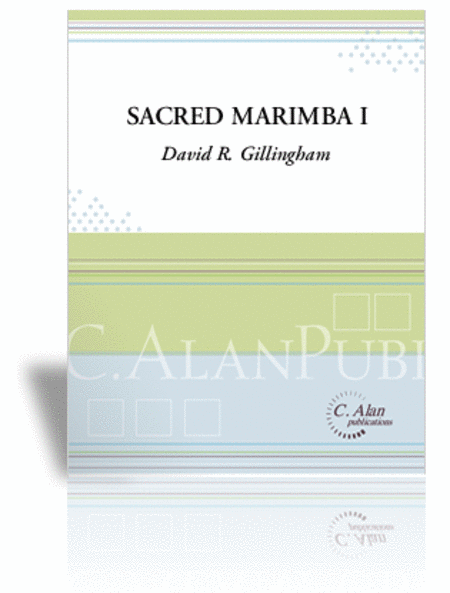
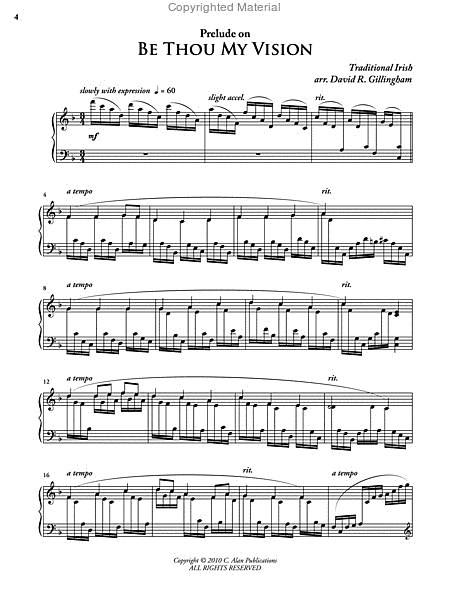
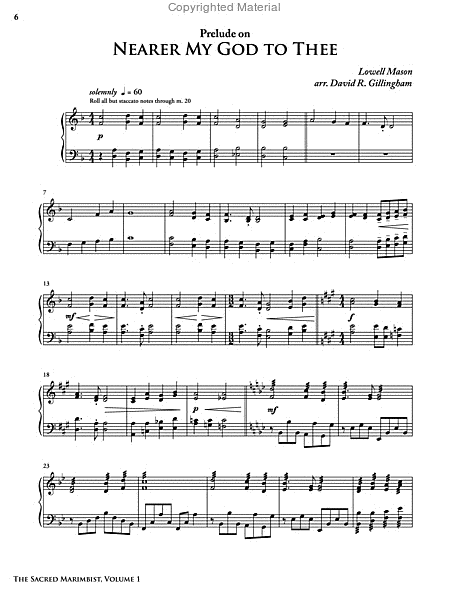
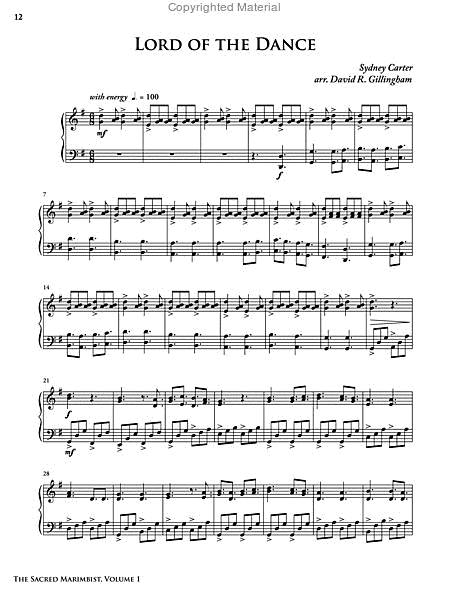
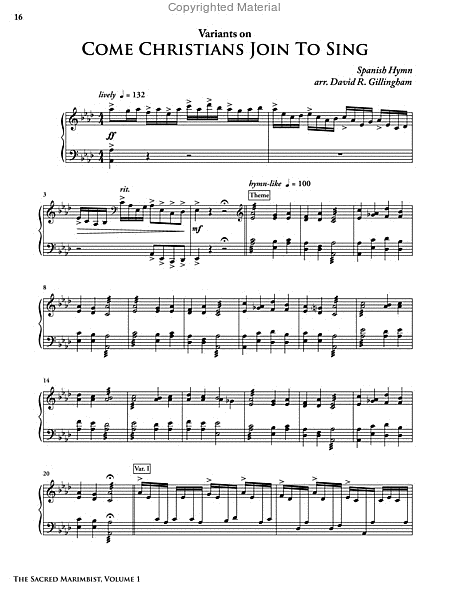
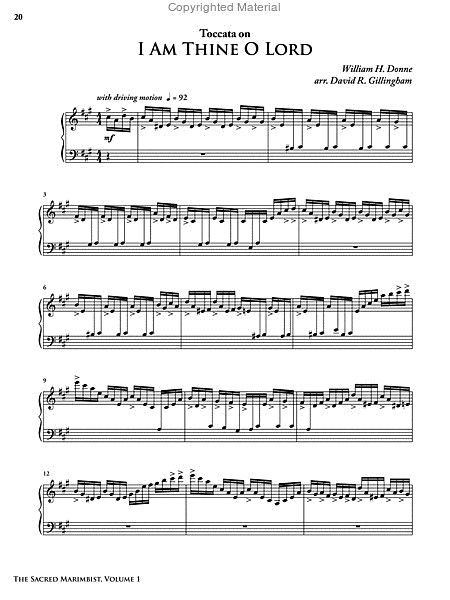
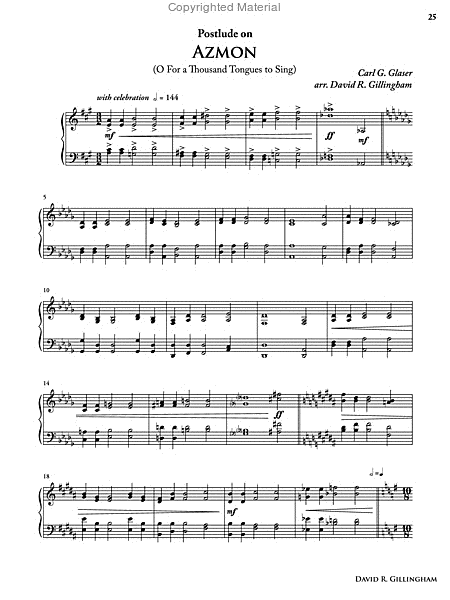
 Share
Share